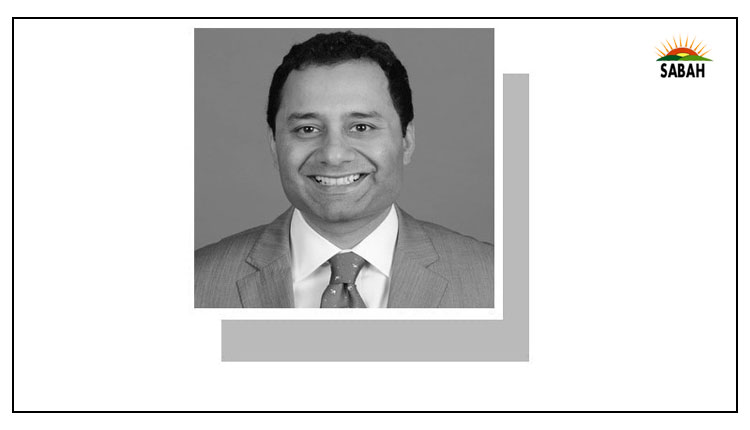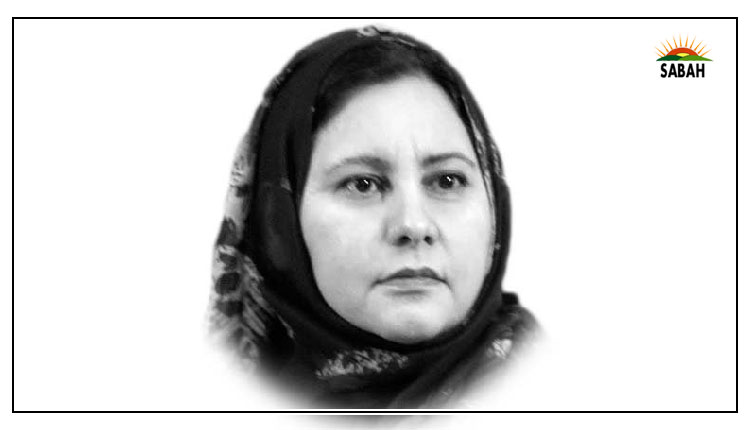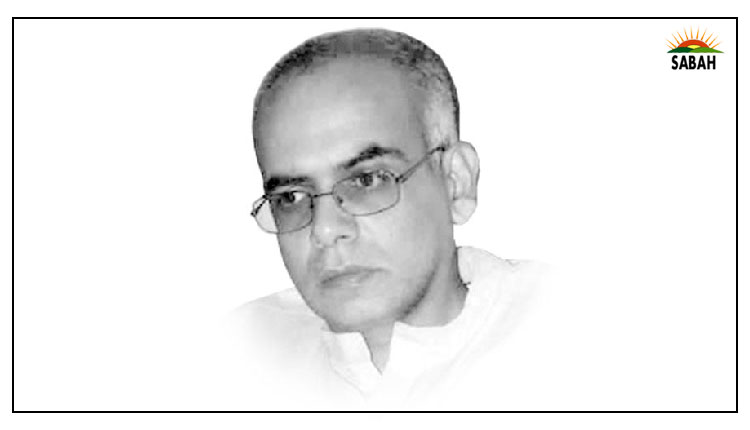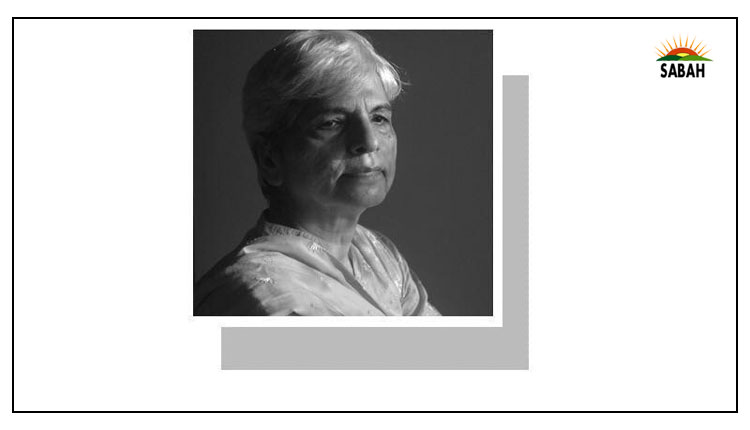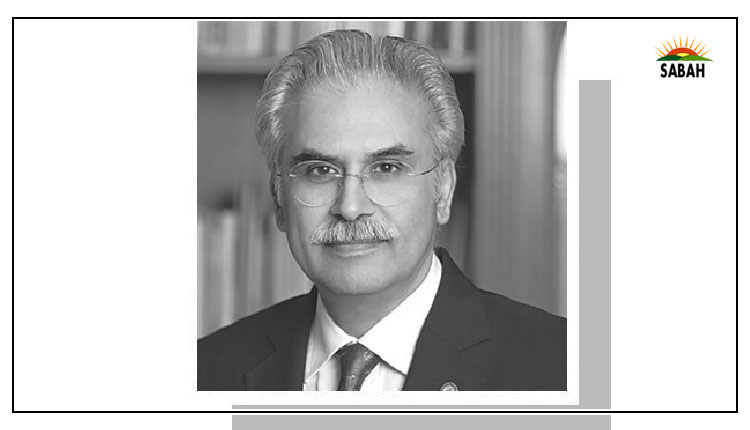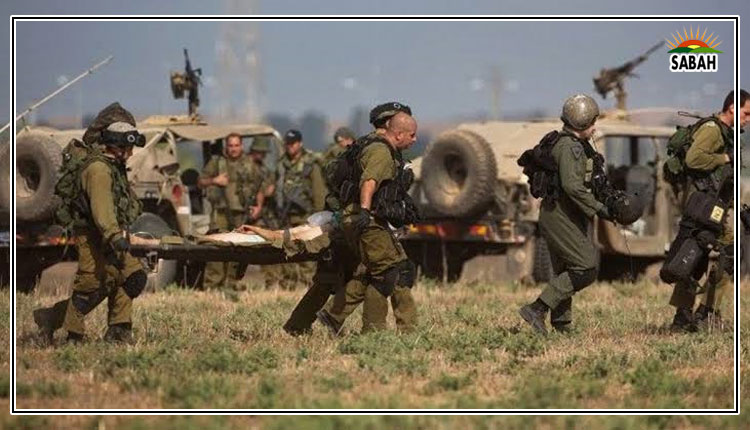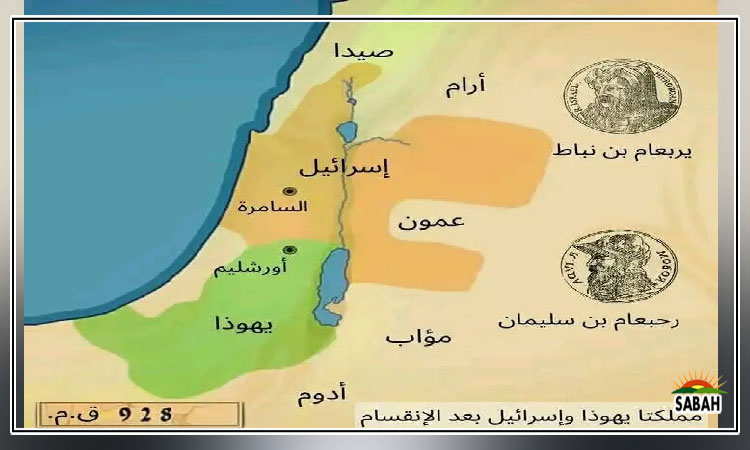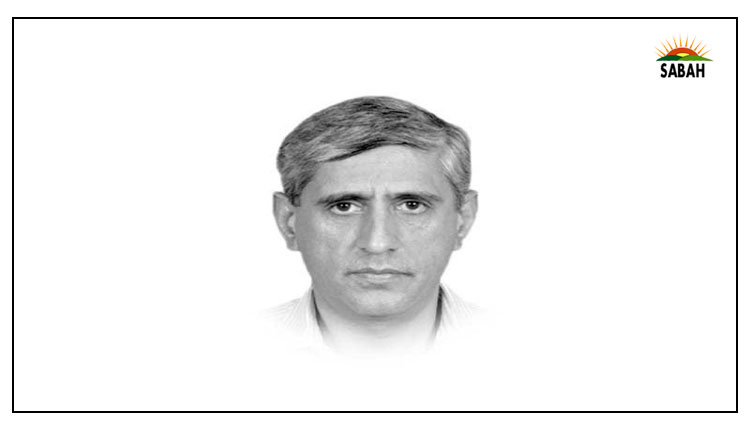Balochistan — a recipe for development and security… Dr Raashid Wali Janjua
Balochistan is 44% of Pakistan and in many ways a terra incognita whose unexplored bounties contain the promise of a better future, not only for the province but the entire country. Its Makran coastline contains ports and fishing harbours like Ormara, Pasni, Gwadar and Jiwani which offer strategic and commercial choices to Pakistan and its allies. Energy and infrastructural corridors are crucial to Pakistans economic renaissance. Ironically the province has land corridors towards Sindh, Punjab and KPK domestically and Iran-Afghanistan externally. Balochistans strategic location that offers regional connectivity through CPEC and East West is an anathema to certain global players who view the development and stability in Balochistan from the prism of their selfish interests. A perpetual chaos and lack of development therefore suit the interests of all such powers.
Amidst all this hoopla about the untapped mineral and energy resources of the province and its strategic deep sea Gwadar Port the focus on human resource of the province gets lost. The sparse population and vast geographic expanse of the province makes it difficult for the politics-driven development policies of the federation to allocate development funds commensurate to the strategic and commercial importance of the province. In the maelstrom of competitive politics and concomitant proxy warfare the socio-economic development of the province gets adversely impacted.
There is no doubt that Balochistan is the least developed province of the country. Its health, education and other human security indices paint a dismal picture compared to other provinces. According to the UNDP Report 2019 published in 2020, there are 1.8 million out of school children out of a total population of 12.34 million, a ratio even worse than Sub Saharan nations. According to the same report, the adult literacy and school enrolment ratios of Punjab and Balochistan are 0.620 and 0.30 respectively, leaving Balochistan behind by 50 years. The report also shows Human Development Index (HDI) of Punjab i.e. 0.57 which corresponds to medium level development compared to 0.20 of Balochistan which falls in low development category. Balochistans population is 6.2% of the national population compared to Punjabs 54.7% but in social protection Balochistans share comes to 2.1% compared to 63% of Punjab.
Similar disparities exist in foreign remittances and livestock development with Balochistans share of 0.7% and 1.5% compared to Punjabs share of 66.5% and 75.7%. The above is the deprivation mosaic of the underdeveloped province which is presently wracked with insurgency in isolated pockets of central and Southern Balochistan. What then is the solution to the security and development deficit of the province? The answer may lie in the nuggets of wisdom culled out of the observations of the politicians, political activists and academics of the province. According to Jam Kamal, a former Chief Minister of the province, people want good governance, access to education, good health facilities, a functioning revenue system and fulfillment of the basic needs for their well-being.
In his reckoning, 90% of the people in Balochistan are beyond the influence of the insurgents, with only 10% of the population playing in the hands of exploiters who pick up recruits from the grievance strewn promenade traversing the landscape of human deprivation in the province. The fertile grounds of disaffection can only be reclaimed by the state through good governance. There was a unanimity of views amongst Jam Kamal, Sanaullah Baloch, Anwaar Kakar, Zubaida Jalal, Sarfraz Bugti and Danesh Kumar about the recipe for good governance and assuagement of the grievances of the people of the province. The consensual recipe included a new security and governance paradigm.
Firstly on development and governance front, Balochistan needs genuine political leadership instead of imposed solutions through political engineering. The present system of spoils with treasury benches and opposition parceling public goods amongst themselves, leaving masses deprived, is a sure recipe for disaster. The new governance model needs to ensure that the MPAs do not blackmail the Chief Minister for development funds, jobs quota and postings of government officials. According to Jam Kamal and Zubaida Jalal, the first three years of the Musharraf tenure yielded best development projects for Balochistan despite the resource constraints of a heavily sanctioned nation. Why Musharraf era projects created optimum impact was because of the honesty and transparency with which the development funds were spent.
The 600 km Coastal Highway linking Karachi with Makran Coast, Kachhi Canal irrigating 712,000 acres of Jhal Magsi, Nasirabad, Bolan and Dera Bugti, Mirani Dam turning Dasht-Gwadar desert green and Sabukzai Dam near Zhob were few high impact projects that had revolutionary impact on socio-economic development of the province. The province hearkens for similar projects as according to MNA Ramesh Danesh projects like upgradation of 800 km N25 that has earned the sobriquet of Khooni Highway should be focus of infrastructural development of the province. Long planned dams at Noshki and Harnai also need to be completed. There is a near consensus amongst Balochistans elite as well as common people that the early harvest projects of CPEC have brought no direct benefits to the people. There is a need to create stakes for common people of Balochistan in the CPEC projects.
Balochistan needs a strong planning and development organisation at provincial level capable of steering projects on long-term basis, untrammelled by political changes along with an efficient service delivery mechanism at district level. A thirty years development plan needs to be made based on proper diagnosis of development deficit followed by targeted interventions in most deprived areas. The financial mechanism should also be devolved along with devolved ministries otherwise these would remain dysfunctional. Development and security are closely interlinked. The insurgency impacted areas of Kech and Makran feature educated middle class in BLF whose leadership was separated in 2009 from BLA to foment trouble in Makran. The nine Southern Districts of Balochistan should get funds for their planned roads and dams in the recent budget otherwise the narrative of the insurgents would gain traction.
The legalisation of barter trade and informal petrol and diesel commerce in border areas of Kech-Jiwani should aim at making that trade inclusive and free of the bureaucratic exploitation. This should keep the impoverished population gainfully employed till emergence of other livelihood options emerge. The women empowerment should also be ensured through creation of development clusters in each district focused on imparting skills and education to women. On security front a clear distinction should be made between the genuinely aggrieved Baloch and the incorrigible recalcitrants pandering to politics of identity and refusing to be part of federation.
There should be no quarters for insurgents who refuse to be part of federation. Bashir Zebs, Professor Hasan Janans, Allah Nazars, Mahas and Shari Balochs should not be lionised at the cost of martyrs like Nazma Talib who was killed by peddlers of vendetta politics. The key to Balochistans stability and prosperity lies in simple recipe of good governance and the resolute law enforcement. But then some of the simplest recipes are the hardest to cook.
Courtesy The Express Tribune


